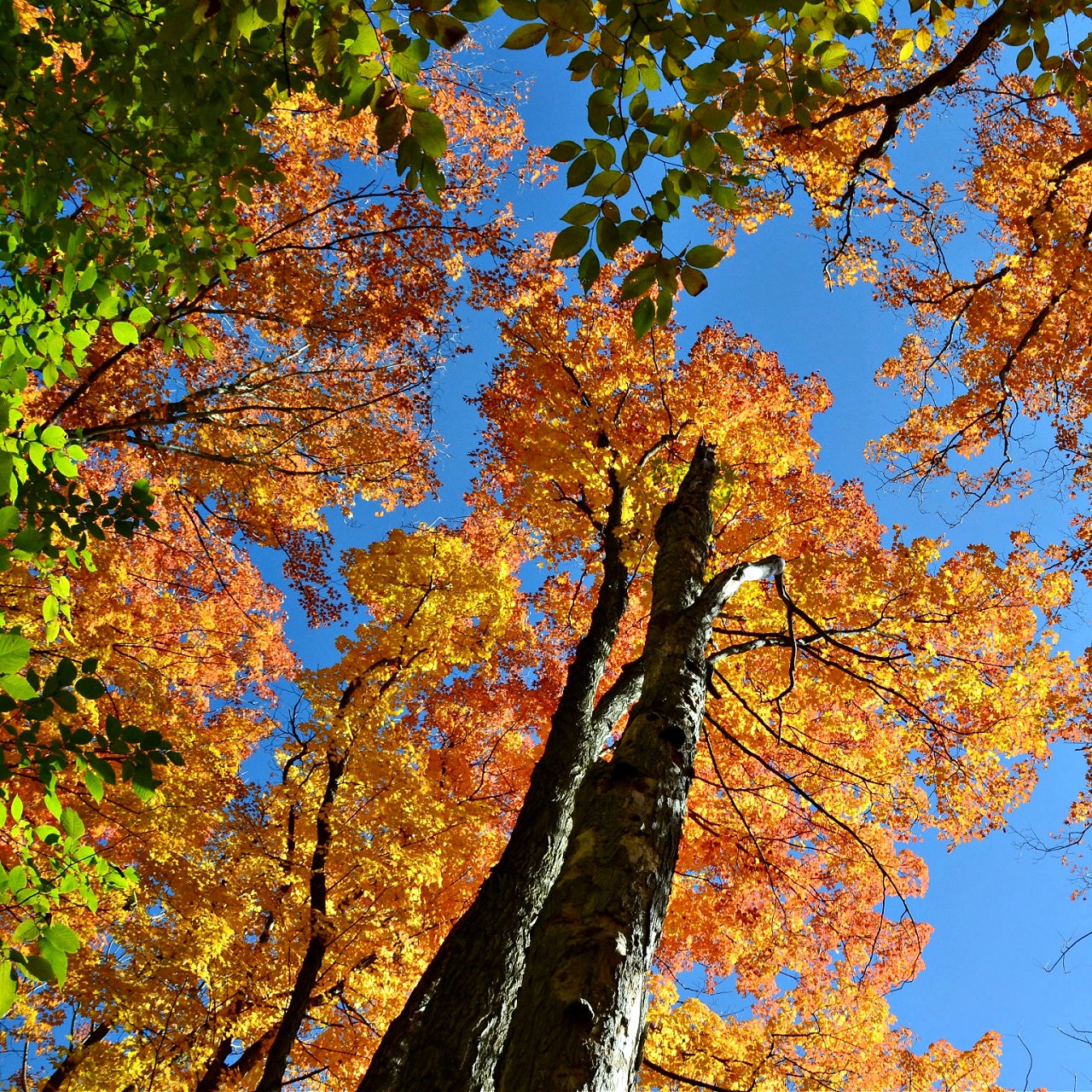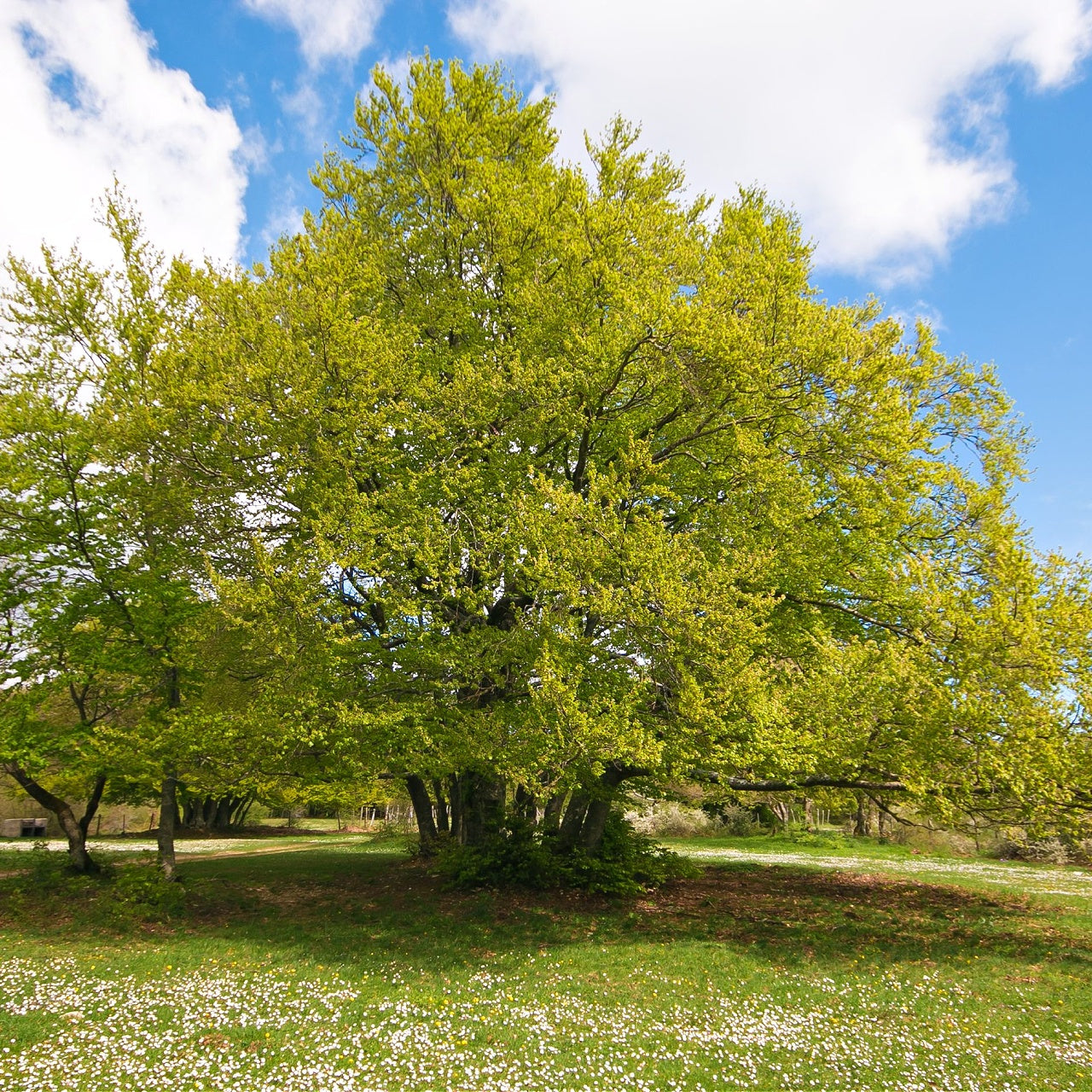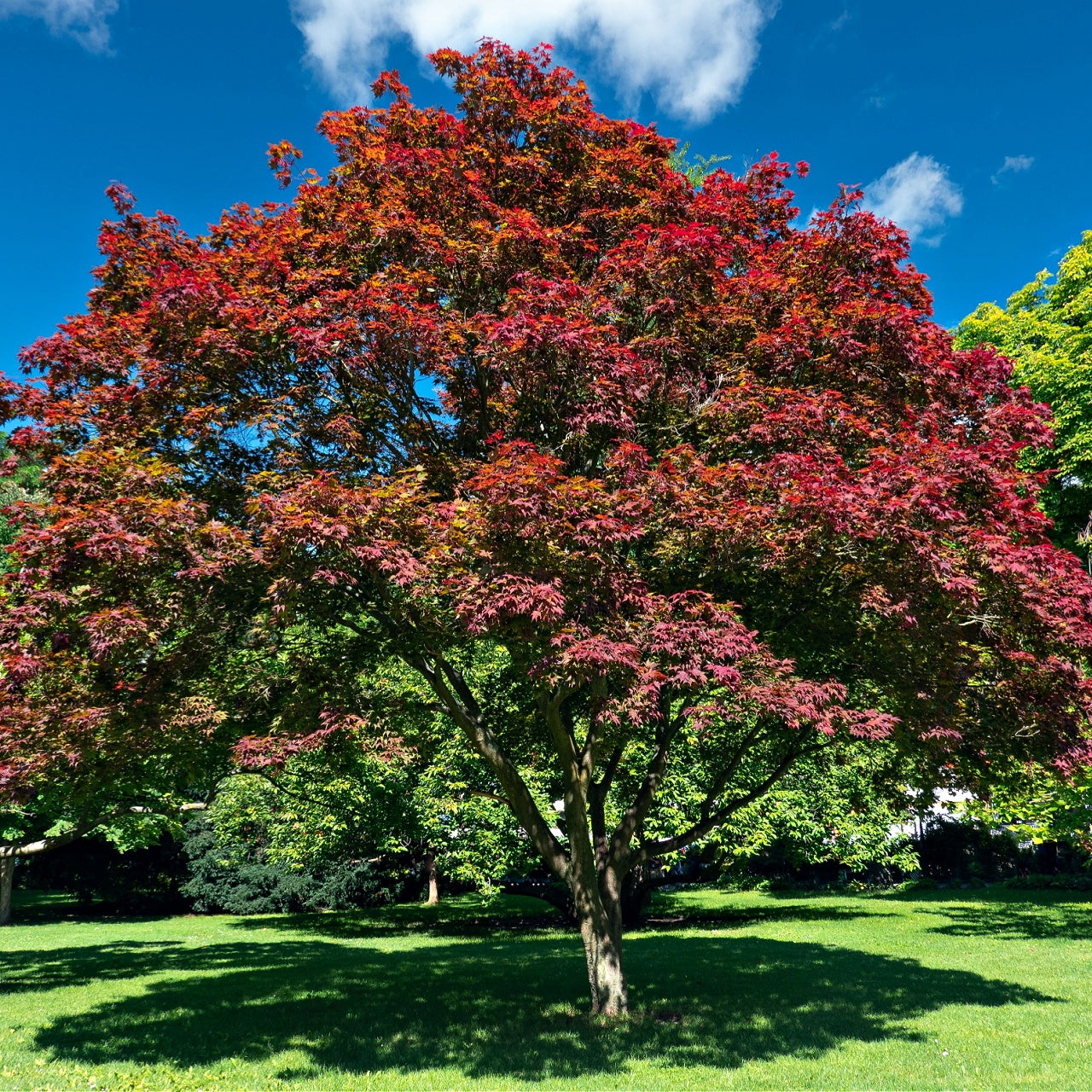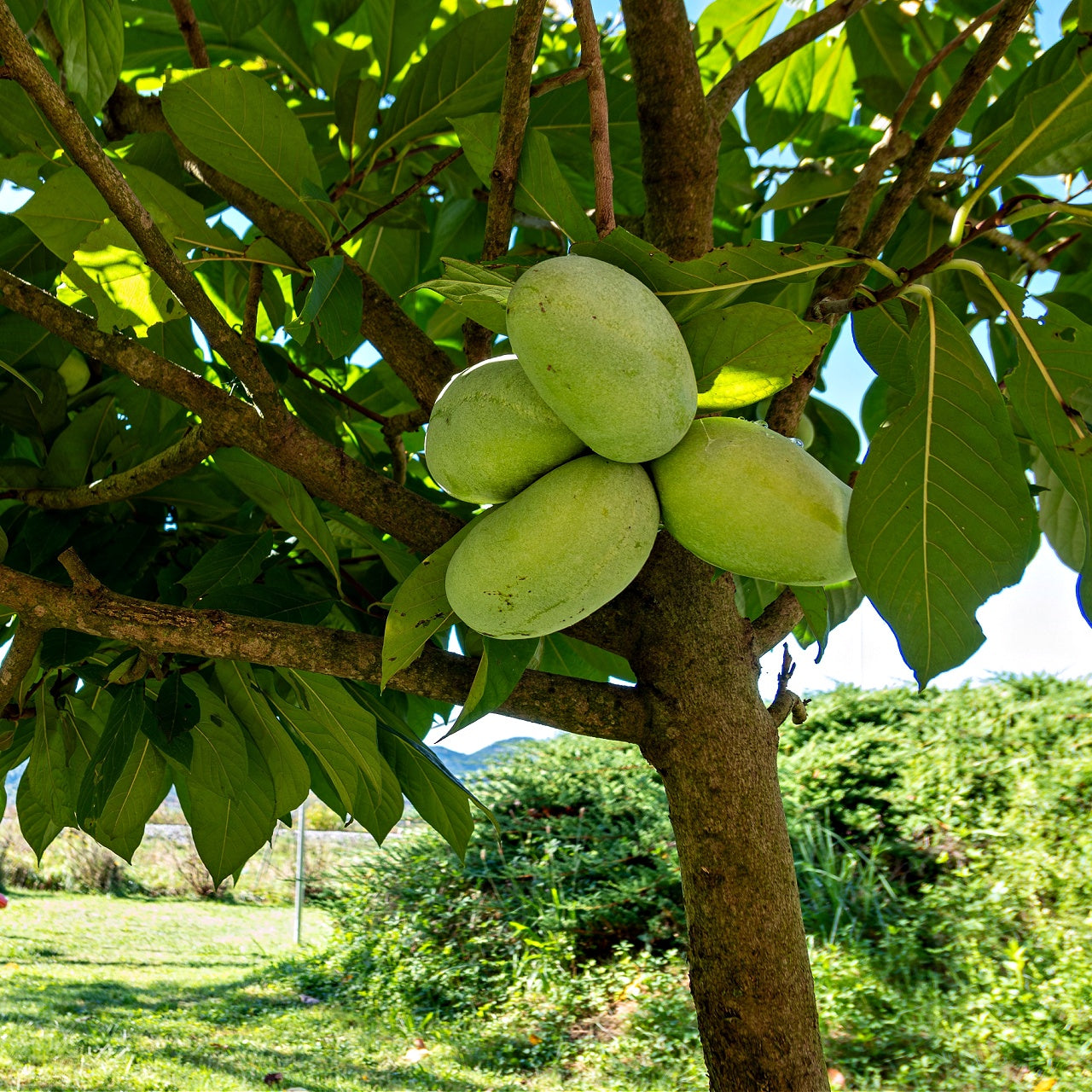
Tulip Poplar Characteristics
Tulip Poplar Characteristics

Tulip Poplar
The tulip poplar (Liriodendron tulipifera) is the tallest hardwood tree in eastern North America. It is also sometimes called the tulip magnolia, whitewood, tulip tree, yellow-magnolia, tulipwood, and fiddle tree, among other names.

Flower Characteristics
This tree is a part of the magnolia family, and it is not the right poplar tree. It makes for an excellent ornamental tree, producing beautiful, fragrant flowers. These tulip-shaped flowers are a showy greenish-yellow in color, with an orange band or cup on the tepals. Blooms form rapidly from April to June, depending on location.

Leaves, bark, and Twig Characteristics
The leaves are unique but straightforward, measuring about five to six inches long and wide. The top of the leaves is smooth and shiny, with bright, dark green color. The color underneath is a more pale green, with downy veins. Tulip poplar trees are deciduous, which means they do lose their leaves each winter. However, in the fall, the leaves turn into a remarkably bright, bright yellow. This brilliant yellow foliage is one of many reasons the tulip poplar is a popular choice to be utilized for ornamental purposes.
The bark of a younger tulip poplar is relatively smooth and light ashy-gray in color. When the tree ages, the bark becomes thick with deep interlacing furrows. Twigs are usually lustrous and soft, with olive to reddish-brown color.
Fruit characteristics
It bears a narrow, light brown cone formed from many samaras, which reach about two to three inches long. These cones are soft and fleshy, maturing from August to October and falling through late fall and winter.

Uses
The tulip poplar serves wonderfully as a shade tree during the summer months. However, it is fast-growing and may not be suited for all areas with its large size. It can reach heights of 80-120 feet (or more) and 30-40 feet wide at maturity. This characteristic also makes the tulip poplar an excellent choice for reforestation purposes.
Its attractively scented, heavy, honey-flavored nectar during the spring months attracts birds and other small wildlife. During the fall and late winter, the fruits offer food to small animals like squirrels. White-tailed deer are known to browse on its soft twigs, giving this tree a decent wildlife value.
The wood of a tulip poplar also holds value, as it is light, soft, and quickly worked. You can use it for veneer, furniture stock, and pulpwood. Early settlers even used this wood quite often in building and for making home remedies as well.
Hardiness, Planting Zone, and Soil Requirements
The tulip poplar is relatively easy to grow and will thrive and survive nearly anywhere. It does best in deep, rich, moderately moist, and well-draining soil. Its root system is fleshy and does not extend far away from the plant. While it does have a good drought tolerance, extremely dry or extremely wet areas do not provide the best conditions for healthy growth. Typically, it is best to keep a pH of 4.5 to 7.5.
Another great attribute of this tree is its highly resistant to disease and insects. It is hardy in USDA plant hardiness zones 4-9. While it is tolerated in partial shade, this tree thrives in full sunlight, with about six hours of sun each day. When considering planting this tree, one key factor is to make sure the tree will have ample growing space. Overall, the tulip poplar is a beautiful tree that is moderately simple to care for and offers a stunning display of color.
#tulip popular #landscape #shade tree #fast growing #zones 4-9 #tn nursery #online plant nursery #wholesale nursery co #tennessee wholesale nursery






